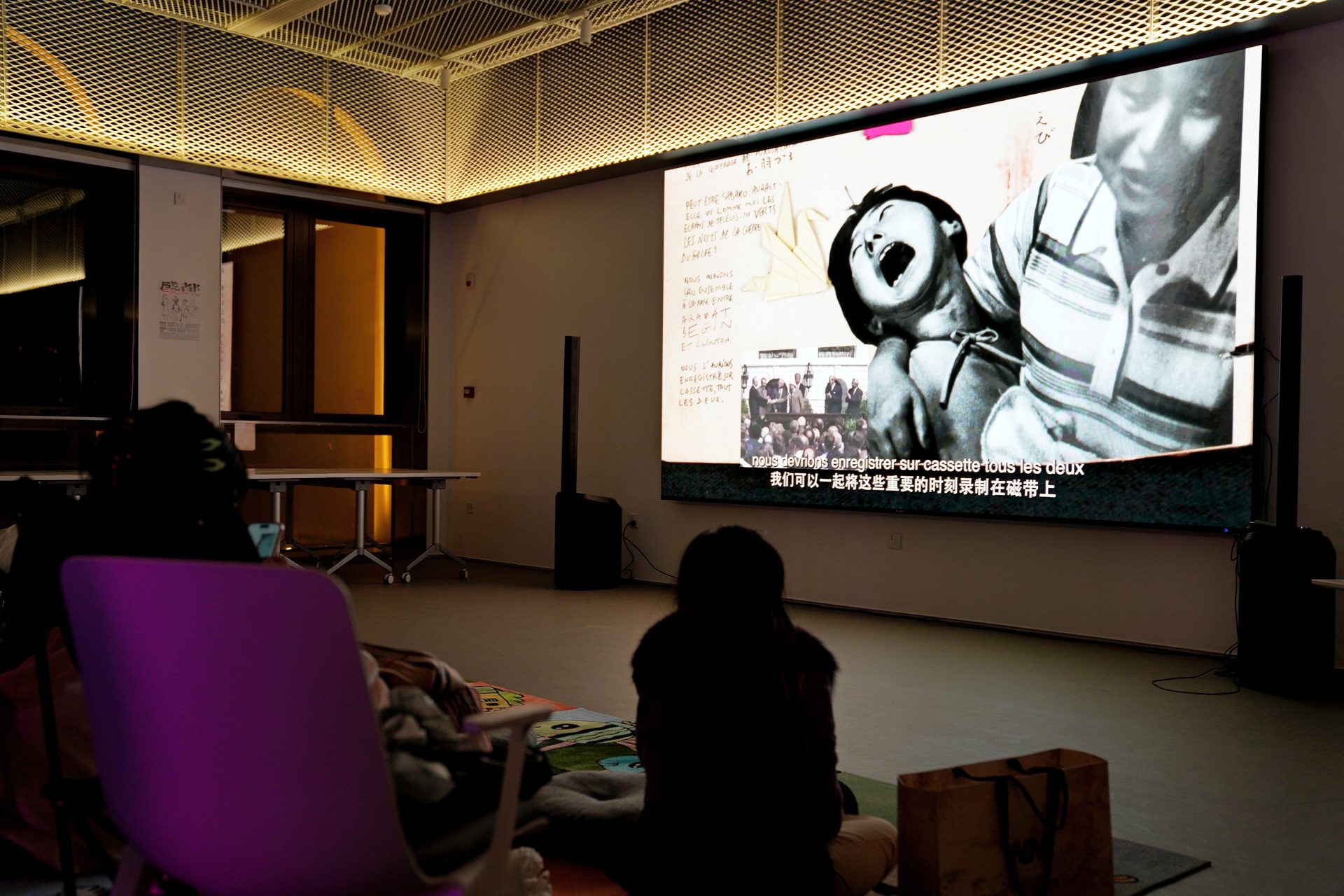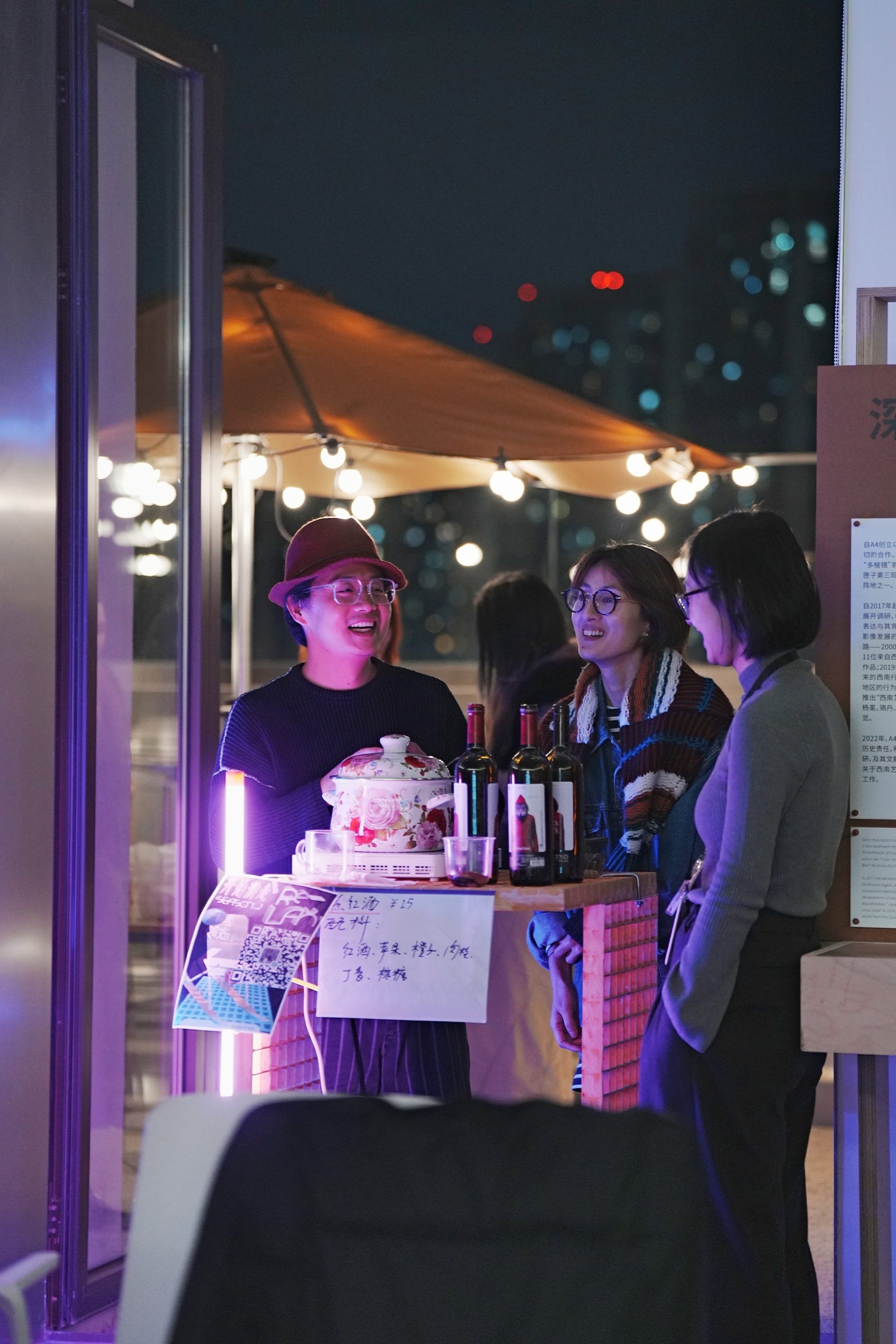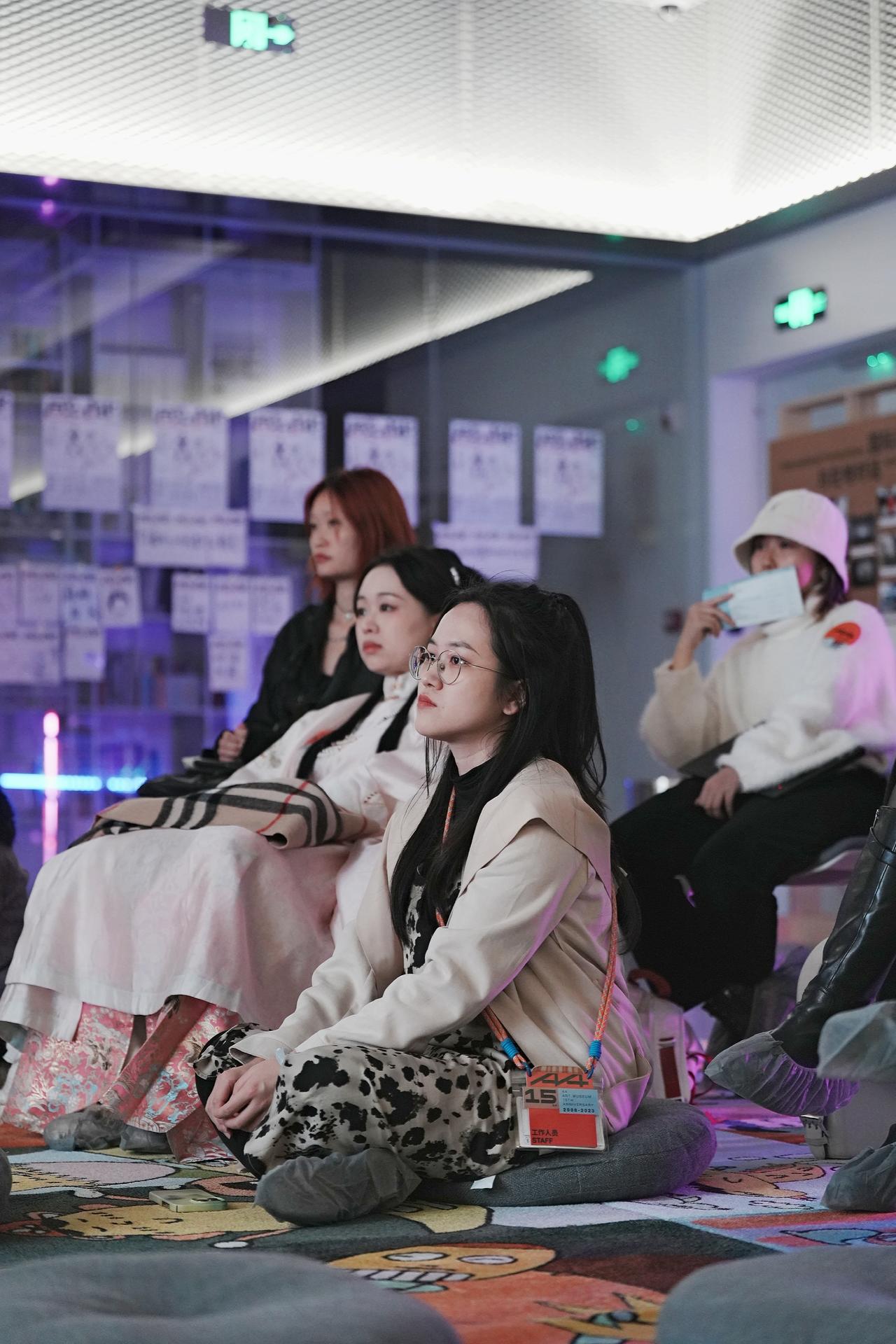Originally, image recording was intended to perfectly reflect reality, and thus photography and videography have been widely used as tools for eyewitness evidence and historical visualization within archival materials. These archival images have become significant materials for artists, who reinterpret them by collecting, collaging, constructing, and reconfiguring existing images, constantly bestowing new meanings upon them. This creative process often challenges the monopoly of official archives and breaks the preconceived notions of archival rigidity. What once seemed like familiar fiction looks like real, replaced by the reality of fictional forms.
Due to artists’ interventions, the original intent behind images has been dismantled and reassembled. Moreover, given the ubiquity of images and technological breakthroughs guided by image production and dissemination, images are no longer just replicas of reality. “Bad images” manage to escape historical documentation and government surveillance and are repurposed; their dissemination and production often occur simultaneously. The lower the resolution and the poorer the quality, the more real it appears. Virtual reality technology introduces new narrative possibilities, and Jean Baudrillard’s concept of “hyperreality” seems to have become reality, allowing history to be re-enacted and offering us more space to reflect.
When we decide to discuss the complexity of image authenticity, it seems natural to choose documentaries, a form inherently tied to facts. From their inception, documentaries have been viewed as the “will to power” of their creators, not as “reality.” The knowledge presented in documentaries seems more secure the less safely we can talk about them—all the terms used to describe them become suspect, debatable, and risky. Hito Steyerl mentioned that in our era’s documentary mode, the only certainty is our perpetual doubt of its authenticity. We should embrace the intensity of the truth question, especially in an era where doubt has become commonplace. Constantly questioning whether what we see aligns with reality is not a shameful lack—it must be embraced as a defining quality of contemporary documentary forms.
The screening will begin with Bady Dalloul’s Scrapbook. The artist questions the logic behind historical narratives through a dialogue between reality and fiction, individual and collective experiences. Though created in 2015, this work unexpectedly resonates with current conflicts, possibly illustrating the surreal impact of art. Dalloul employs a collage of various media: text, painting, video, and objects, creating a space that successfully communicates past and future, embodying autobiography, critique, poetry, and narrative, and thus raising the question: do images represent the truth of our world?
Following this, What Remains is Future presents in a mysterious way the behind-the-scenes of potential or ongoing events not captured in images, like a leap in time or the reverse side of reality. Laurent Montaro places the film on a trajectory of floating sci-fi narrative without dramatic highs and lows, using a 3D film format to describe the 1937 Hindenburg airship disaster. The visual effects are simple and unique, set in a dreamlike context, as if uncovering a lost piece of evidence.
Similarly exploring history, Bahar Noorizadeh aims to find our possible futures from directions we seldom discuss—how to escape the current state of digital feudalism using computation, moving towards new utopian possibilities? After Scarcity features complex visual designs that provoke ordinary viewing experiences, successfully blurring the lines between science fiction and history.
An unnamed man discusses films about the last person on Earth, where the protagonist is the sole survivor post-apocalypse. This is the plot of The Secret Life of Things where John Menick uses another’s voice to express his apocalyptic obsessions—cities without people, useless objects, and insoluble endings. If stories of the future exist in our present, what should we do, what should we dream of?
Dineo Seshee Bopape’s Why do you call me when you know i can’t answer the phone offers a new perspective on viewing “objects,” not as carriers of symbolism but as components that create spaces for emotional release. The artist deliberately alienates familiar everyday “objects” to create anxiety, using a “chaos” to inspire viewers to think—what really matters?
From using archives to creating them, Wong Hoy Cheong in Re: Looking fabricates a history of Malaysian kingdoms under Austrian colonial rule. This “documentary” uses a “believably real” filmmaking style, providing incontrovertible evidence for his viewpoints, making viewers question the boundaries between history and fiction.
Artists link colonialism, post-colonialism, racism, power relations, and empire building to the present, satirically laid bare on the “stage” (television). This inversion of pleasure further confirms the fragile connections between fact and fiction, forgery, and reality.




